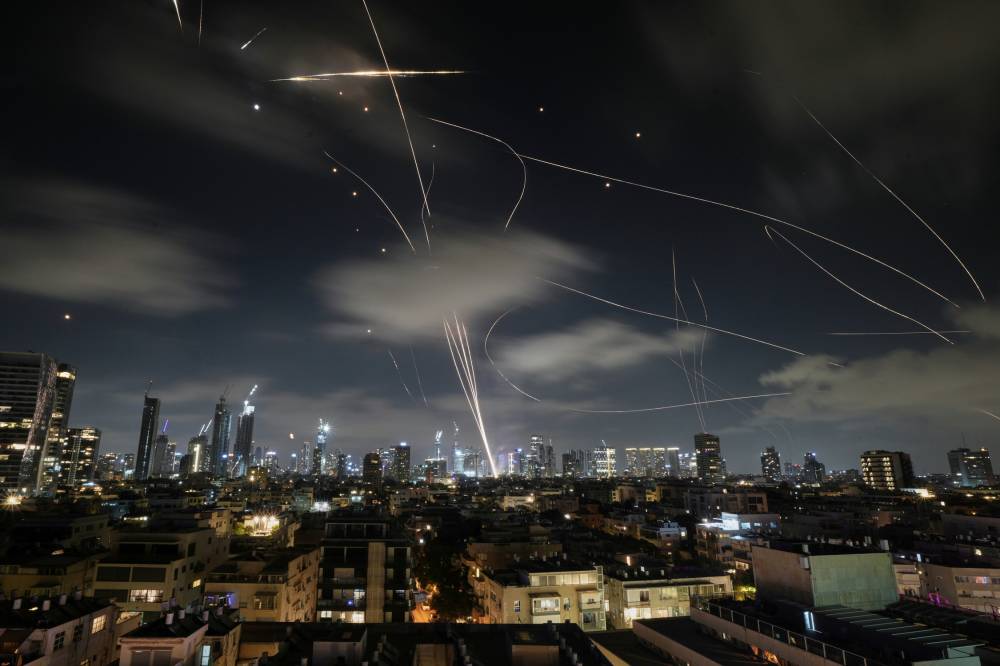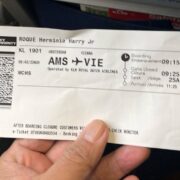Tel Aviv, Tehran launch fresh attacks as Europe pushes talks

JERUSALEM/WASHINGTON—Iran and Israel exchanged fresh attacks early on Saturday, a day after Tehran said it would not negotiate over its nuclear program while under threat and Europe tried to keep peace talks alive.
Iran’s Fars news agency said Israel had targeted the Isfahan nuclear facility, one of the nation’s biggest, but there was no leakage of hazardous materials. Iranian media also said Israel had attacked a building in the city of Qom, with initial reports of a 16-year-old killed and two people injured.
The Israeli military said it had launched a wave of attacks against missile storage and launch infrastructure sites in Iran.
Shortly after 2:30 a.m. in Israel (2330 GMT on Friday), the Israeli military warned of an incoming missile barrage from Iran, triggering air raid sirens across parts of central Israel, including Tel Aviv, as well as in the Israeli-occupied West Bank.
Disputes on Iran program
Interceptions were visible in the sky over Tel Aviv, with explosions echoing across the metropolitan area as Israel’s air defense systems responded.
Sirens also sounded in southern Israel, said Magen David Adom, Israel’s national emergency service. An Israeli military official said Iran had fired five ballistic missiles and that there were no immediate indications of any missile impacts.
Israel began attacking Iran on June 13, saying its longtime enemy was on the verge of developing nuclear weapons. Iran, which says its nuclear program is only for peaceful purposes, retaliated with missile and drone strikes on Israel.
Israel is widely assumed to possess nuclear weapons. It neither confirms nor denies this.
Its air attacks have killed 639 people in Iran, according to the Human Rights Activists News Agency, a US-based human rights organization that tracks Iran. The dead include the military’s top echelon and nuclear scientists.
In Israel, 24 civilians have been killed in Iranian missile attacks, according to authorities.
US President Donald Trump said on Friday he thought Iran would be able to have a nuclear weapon “within a matter of weeks, or certainly within a matter of months.” He told reporters at the airport in Morristown, New Jersey: “We can’t let that happen.”
No evidence?
He said his director of national intelligence, Tulsi Gabbard, was wrong in suggesting there was no evidence Iran is building a nuclear weapon.
Iran has repeatedly targeted Tel Aviv, a metropolitan area of around 4 million people and the country’s business and economic hub, where some critical military assets are also located.
Israel said it had struck dozens of military targets on Friday, including missile production sites, a research body it said was involved in nuclear weapons development in Tehran and military facilities in western and central Iran.
Iranian Foreign Minister Abbas Araqchi said there was no room for negotiations with the United States “until Israeli aggression stops.” But he arrived in Geneva on Friday for talks with European foreign ministers at which Europe hopes to establish a path back to diplomacy.
Scant progress in Geneva
Trump reiterated that he would take up to two weeks to decide whether the United States should enter the conflict on Israel’s side, enough time “to see whether or not people come to their senses,” he said.
Trump said he was unlikely to press Israel to scale back its airstrikes to allow negotiations to continue.
“I think it’s very hard to make that request right now. If somebody is winning, it’s a little bit harder to do than if somebody is losing, but we’re ready, willing and able, and we’ve been speaking to Iran, and we’ll see what happens,” he said.
The Geneva talks produced little signs of progress, and Trump said he doubted negotiators would be able to secure a ceasefire.
Russia and China demanded immediate de-escalation.
Reuters, the news and media division of Thomson Reuters, is the world’s largest multimedia news provider, reaching billions of people worldwide every day. Reuters provides business, financial, national and international news to professionals via desktop terminals, the world's media organizations, industry events and directly to consumers.

















